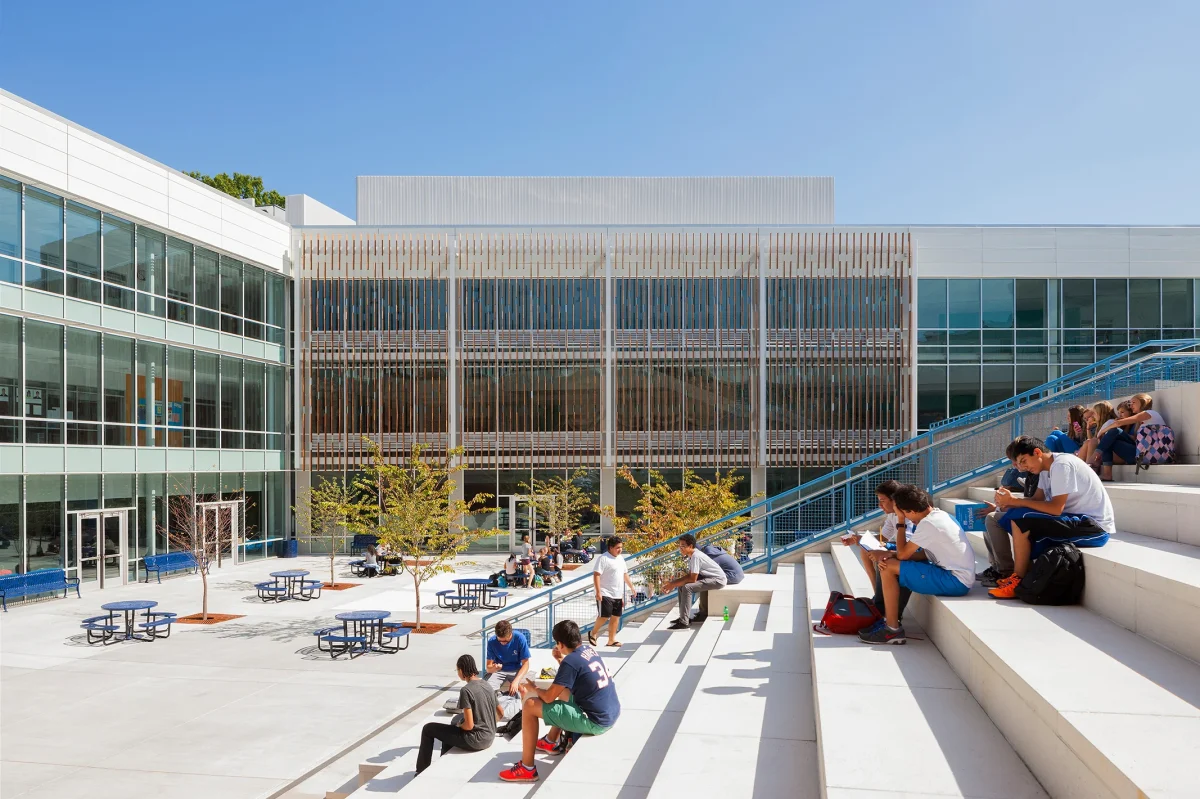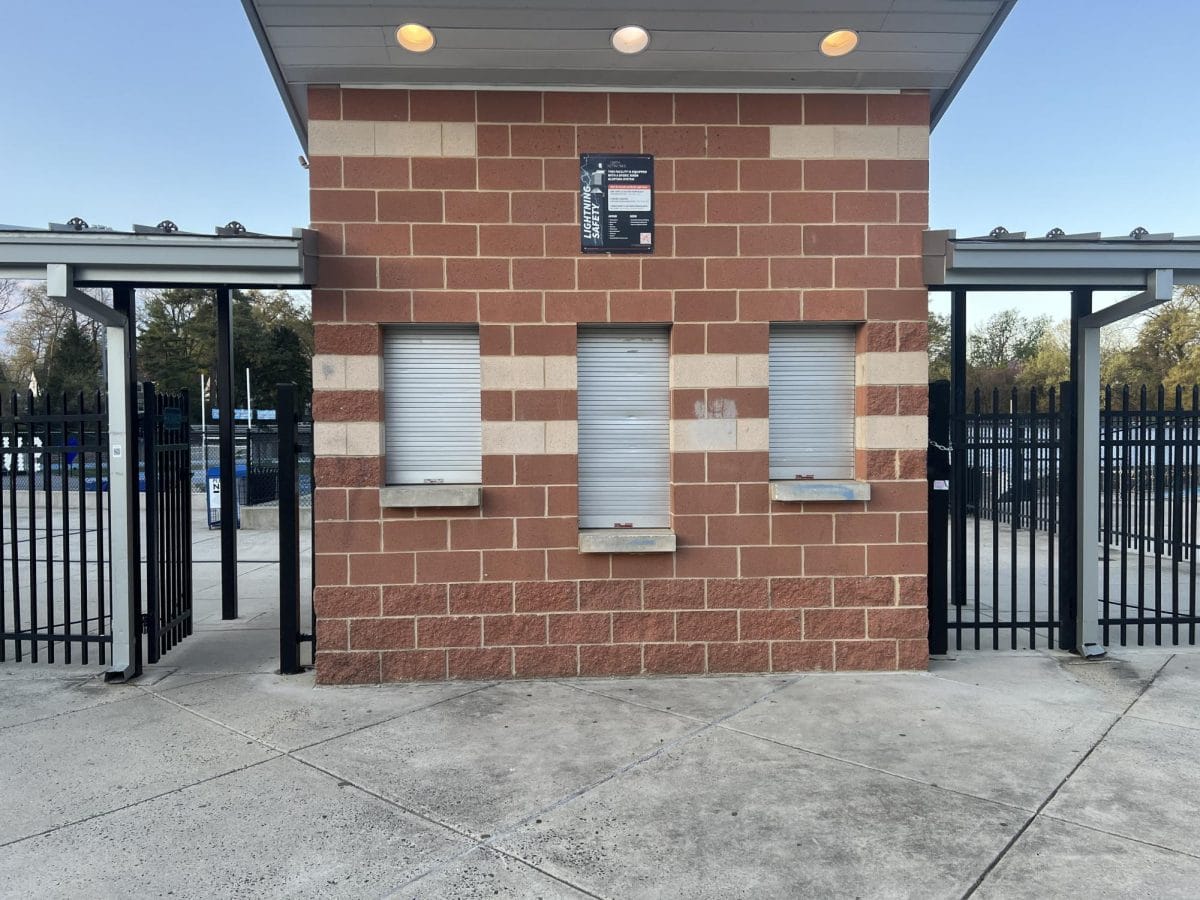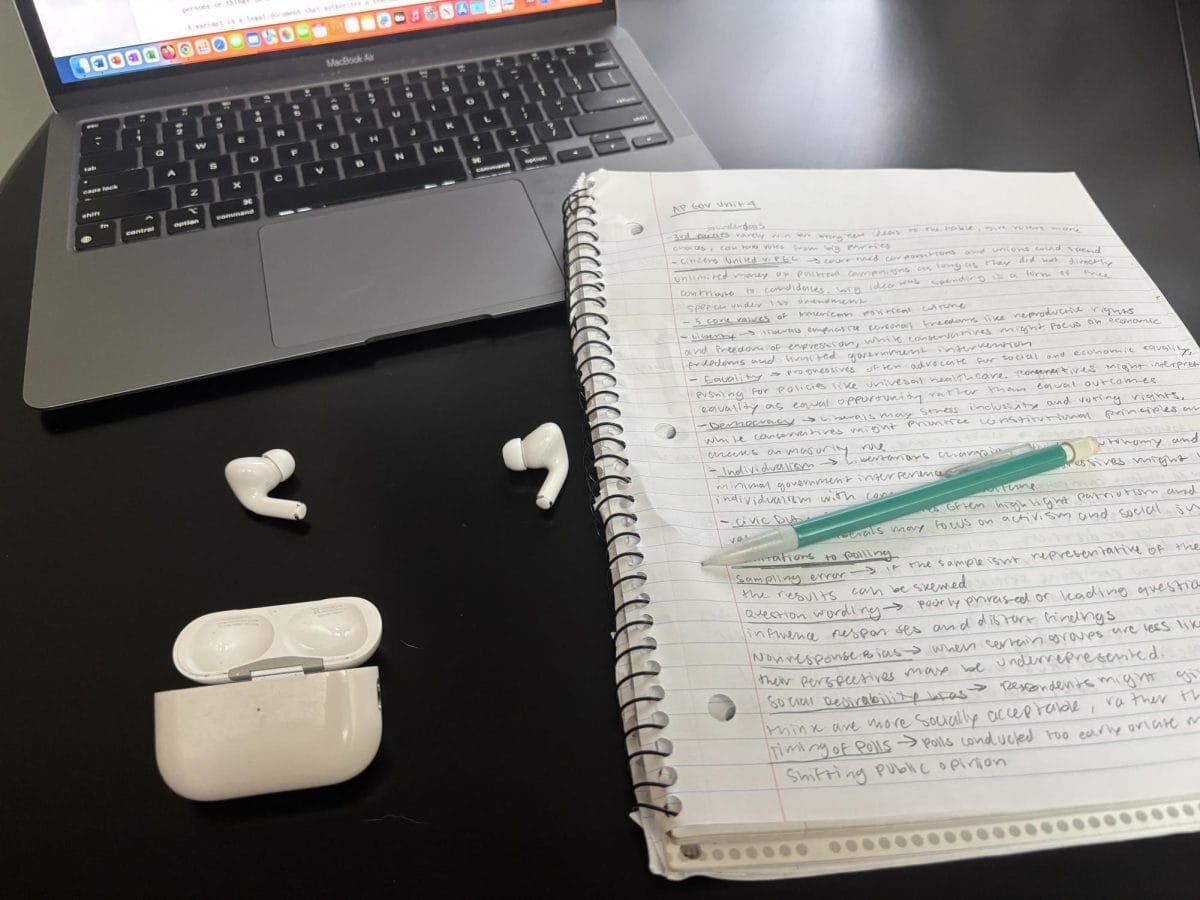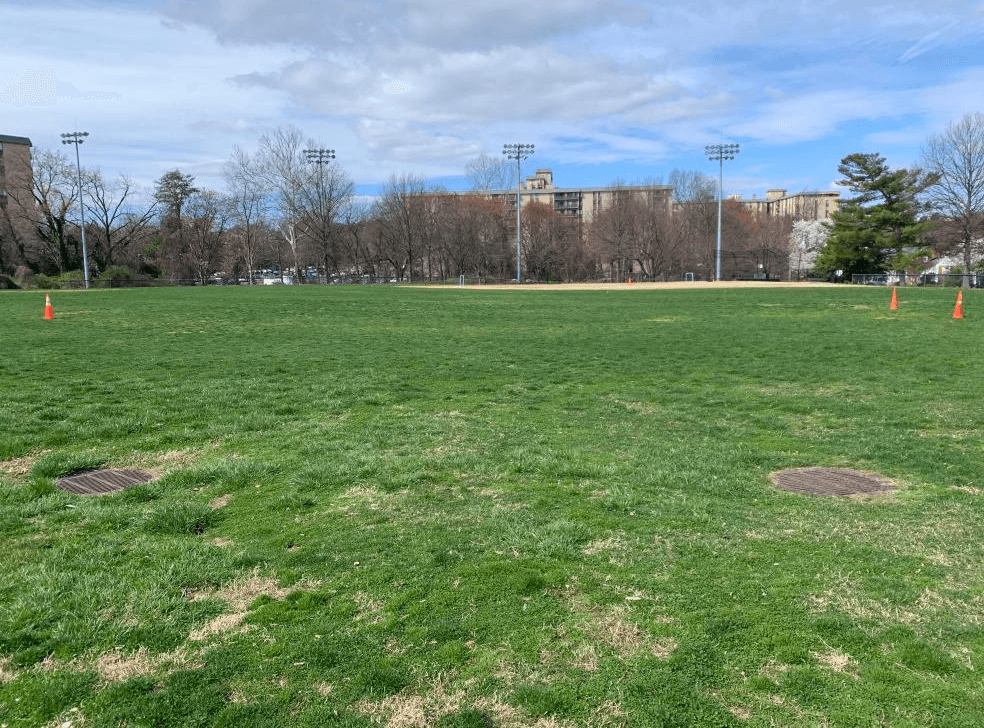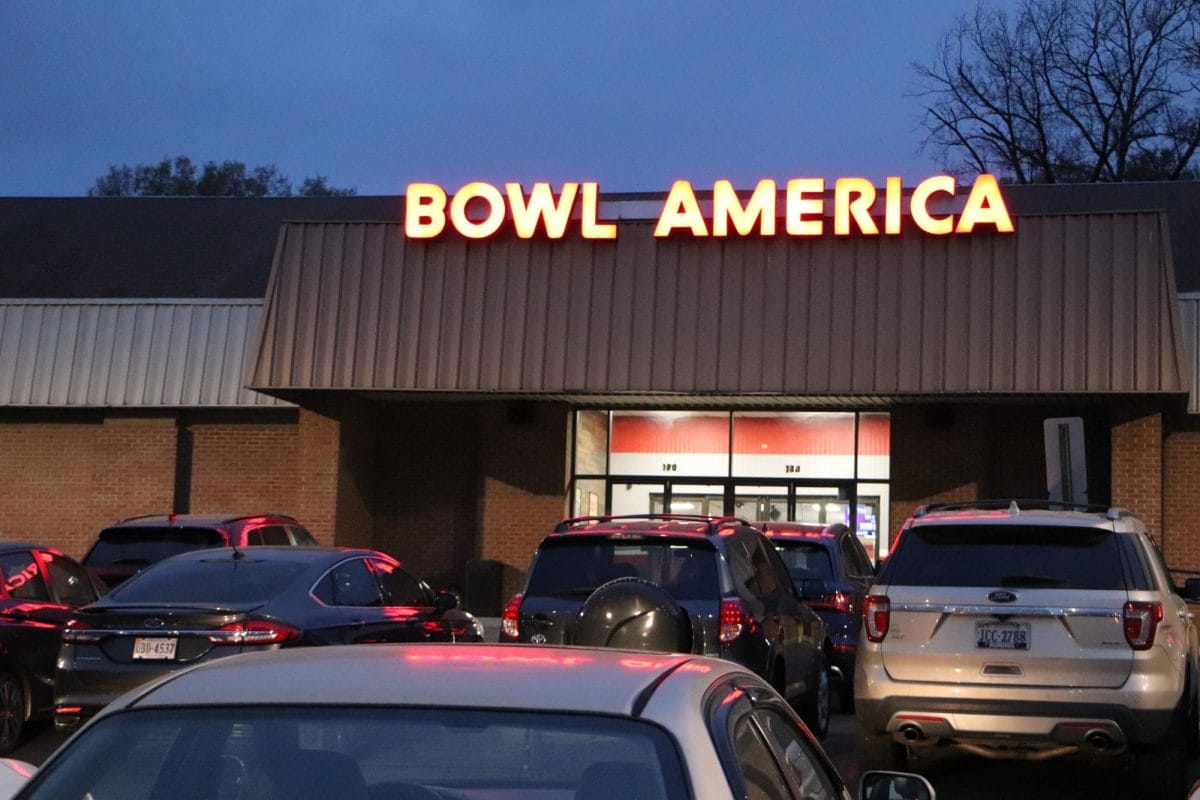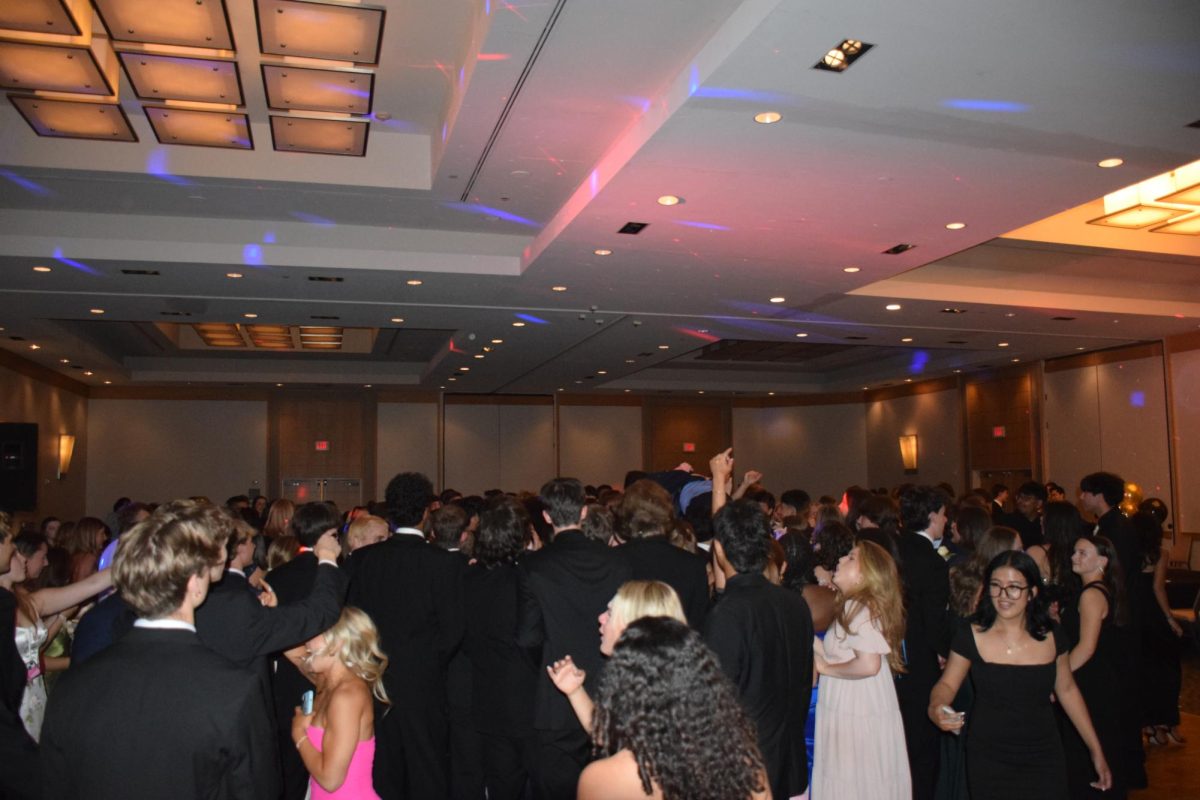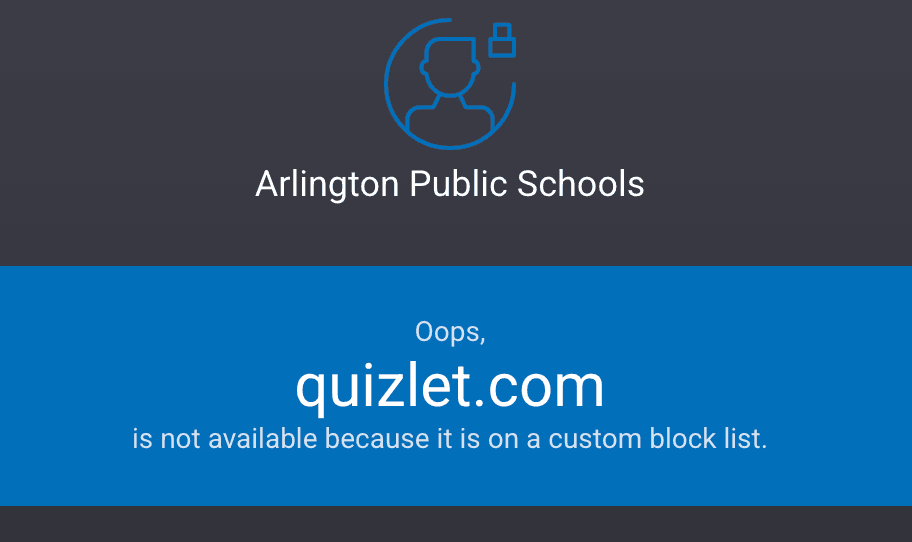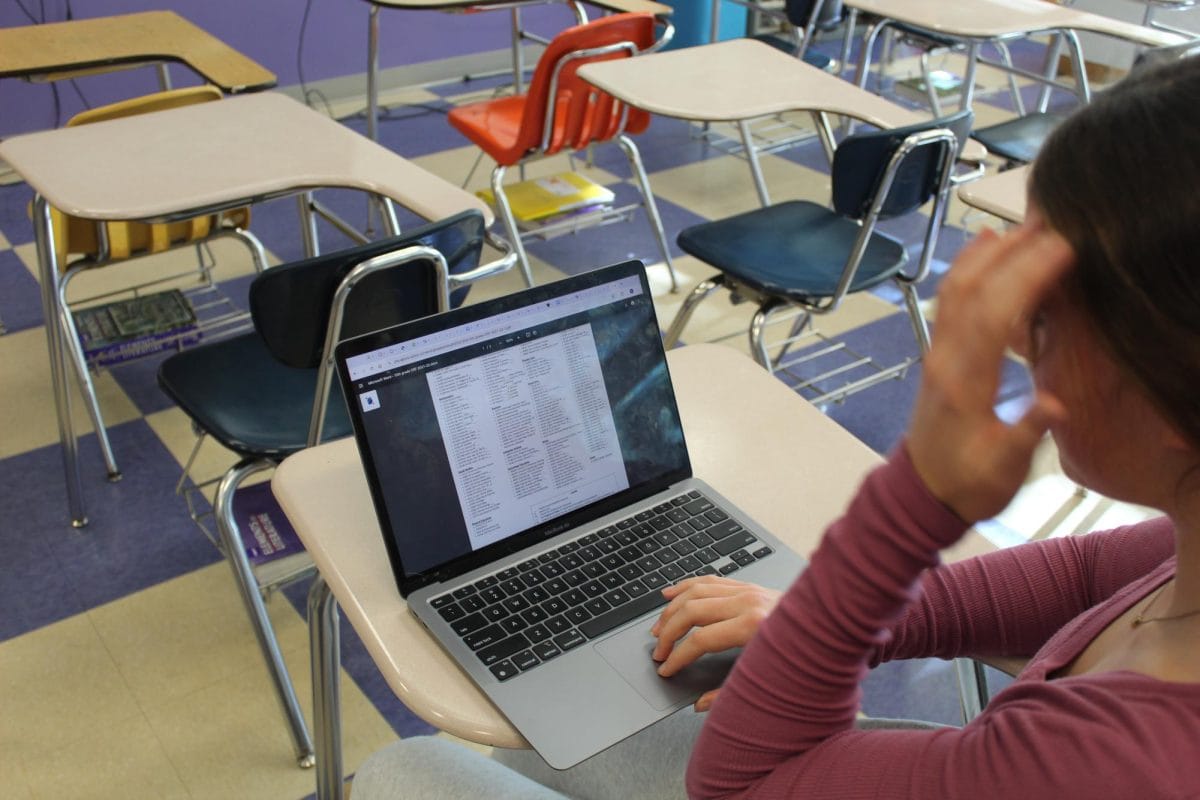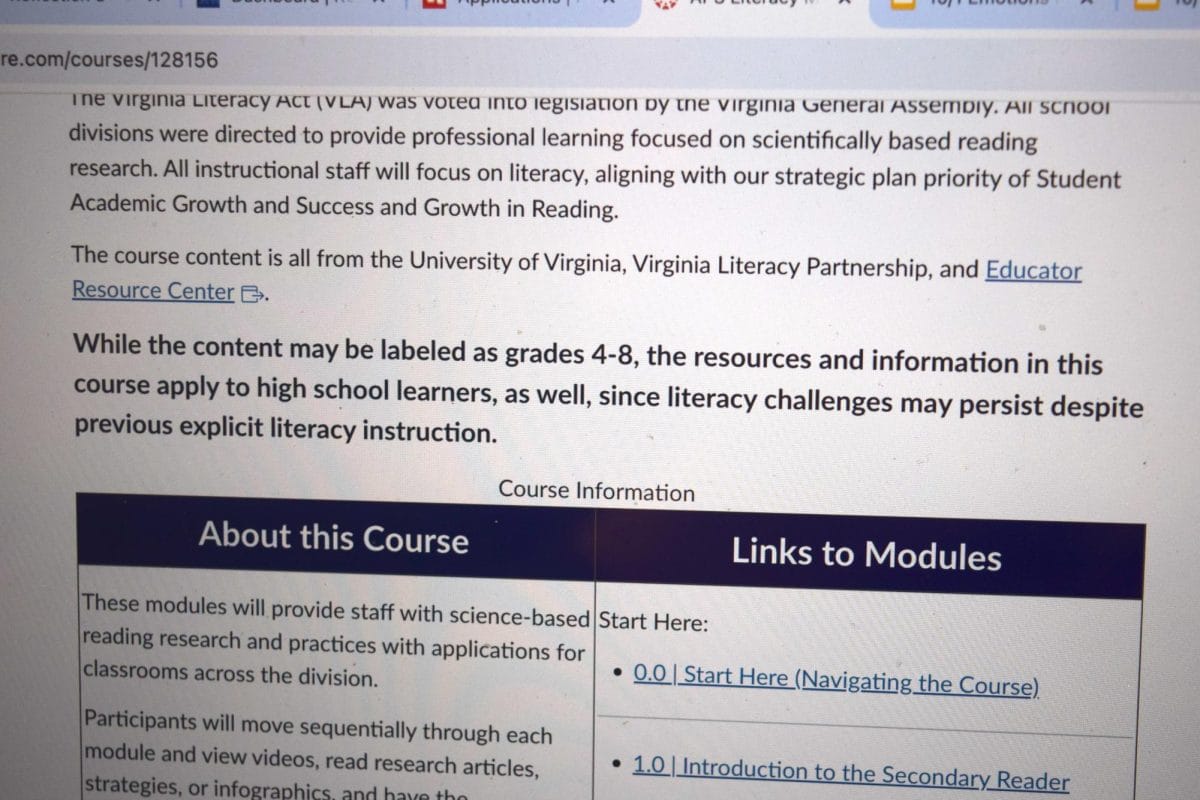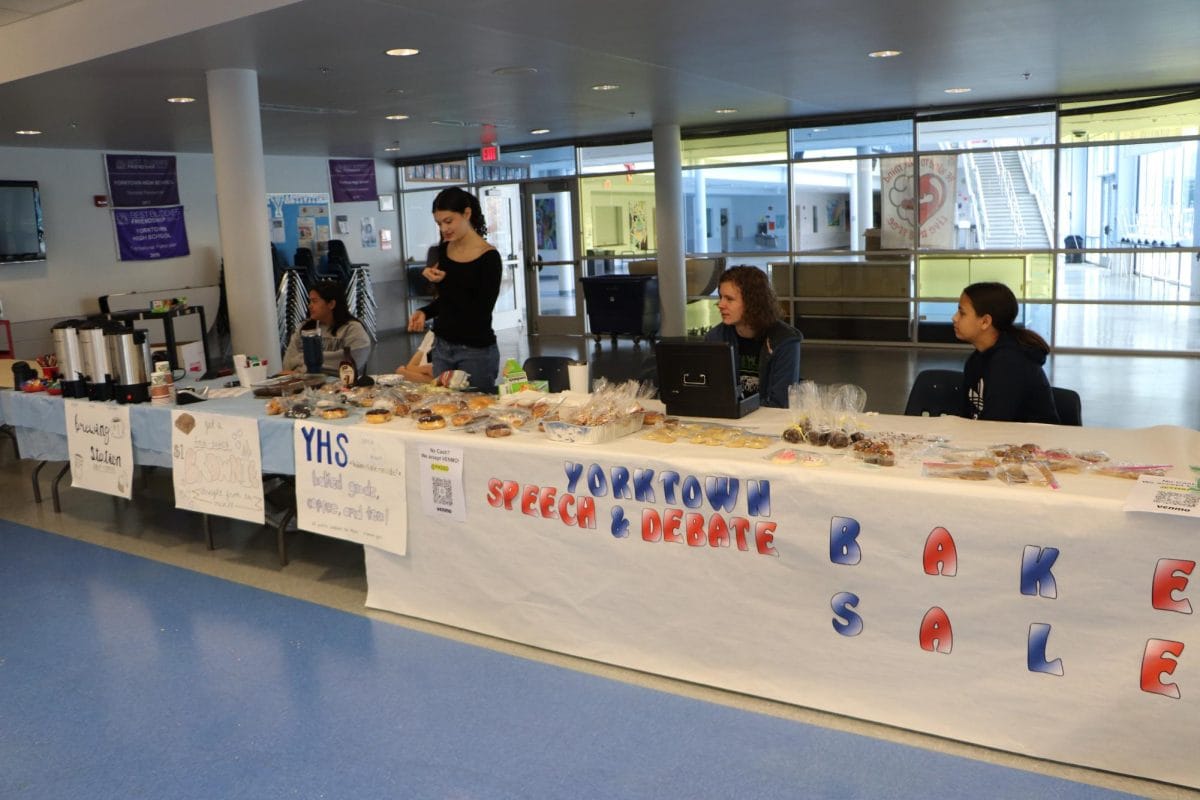The turn of the new year marks an important time for students at our school: the re-introduction of Course Request Forms (CRFs) to all non-seniors. The intimidating form is crucial to the selection of the coming years’ classes. Despite their importance, many questions go unanswered about the discrepancies between similar classes and which course path fits a student best. This comprehensive guide should be useful in deciding your own best course.
Sophomore Year Advanced Placement (AP) Social Studies
Although not required for either diploma, the vast majority of students opt to take a social studies course their sophomore year. The three most common options are AP European History (AP Euro), AP World History (AP World) and AP Human Geography (AP Human). European and World History are both very difficult, often described as some of the toughest social studies classes offered at our school. For many students, it is their first AP course and the teachers plan accordingly. There is a focus on specific writing skills, mainly Long Essay Questions (LEQs) and Document Based Questions (DBQs) to prepare for the end-of-year AP exam. The writing portions are identical in these classes, but the specific material differs. AP Euro offers the opportunity to study Europe (and Europe alone) for the entire year, diving into incredibly specific information that gives students a strong knowledge of everything involving the continent throughout the ages. AP World takes a more holistic approach, briefly touching on topics around the globe like the Ottoman empire or the Neolithic age. The final option, AP Human, has less of a writing focus, making it an easier selection for many students. Rather than history, Human Geo teaches demographics and the way they impact worldwide interactions.
Economics
The county now requires an Economics/Personal Finance class for all students, so make sure you plan to take this course at some point across your four years. Many students opt to take normal Economics, an entry-level class that focuses on practical personal financing skills as opposed to the economy in general. Another option is AP Economics, which delves into more financial theories and advanced topics than the normal class. This class encompasses two courses, one per semester. Macroeconomics and microeconomics are each their own exam, giving students a good chance to get ahead on college courses. However, the stress of two AP exams for just one class period scares many students off. The final, least common option, is to take the class online over the summer. Although many students shy away from taking summer courses, this one is relatively easy and allows you to go at your own pace. By completing a full year’s course in just a couple of weeks, you open up the possibility of taking multiple electives in a year, something especially attractive to seniors.
AP Sciences
Many rising juniors are faced with the task of deciding between regular and AP sciences. At our school, all AP science courses are double periods, meaning that selecting them fills up one elective slot. However, each course counts for two grades that factor into overall grade point average (GPA), one per period. All classes are structured to have one lab-based grade, and the other to include all tests, quizzes and homework. This model is beneficial because the lab portion gives many students a deeper understanding of the material, and a significant advantage on the exam over students whose AP classes are a single period.
On-Level and Intensified Classes
One common theme throughout all years of filling out the CRF is the pros and cons of intensified classes compared to their on-level counterparts. It is important to note that the ‘intensified’ does not show up on a transcript going forward. In theory, this means that signing up for these classes is taking a harder, more work-intensive class for no gain. However, the truth is that taking intensified courses is crucial if you plan on taking AP classes later on. For example, Intensified Precalculus is a better precursor to AP Calculus BC than on-level Precalculus. Finding a good balance of on-level and intensified classes, and knowing which subjects are best for your own future plans, is key to making this decision.
Electives
Selecting elective courses alongside the required core classes can be a difficult decision. It is important to keep in mind that you are required to take at least one art class during your time at the school. This includes traditional art classes (Art, Ceramics, Photography), but also the various levels of Computer Science offered. These can be a good alternative for less ‘artsy’ students, especially given that you can take AP Computer Science Principles without any prerequisite. This class is great because it fulfills the art requirement alongside a helpful GPA boost for a class that is still introductory to the concepts of Computer Science. Another great (the best) non-art option is joining a journalism course. This includes Yearbook, Broadcast/TV Studio (The Dailies) and, of course, Newspaper (The Sentry). The Sentry is a great opportunity to improve your writing skills in an exciting capacity, and a way to connect with the entire student body.
Deciding next year’s courses over six months in advance can be a daunting task, but make sure you always go into the process well-informed. Find a good balance of AP and non-AP, intensified and on-level courses to manage your workload. Choose courses that you will enjoy, not just whatever you think a college wants to see.











